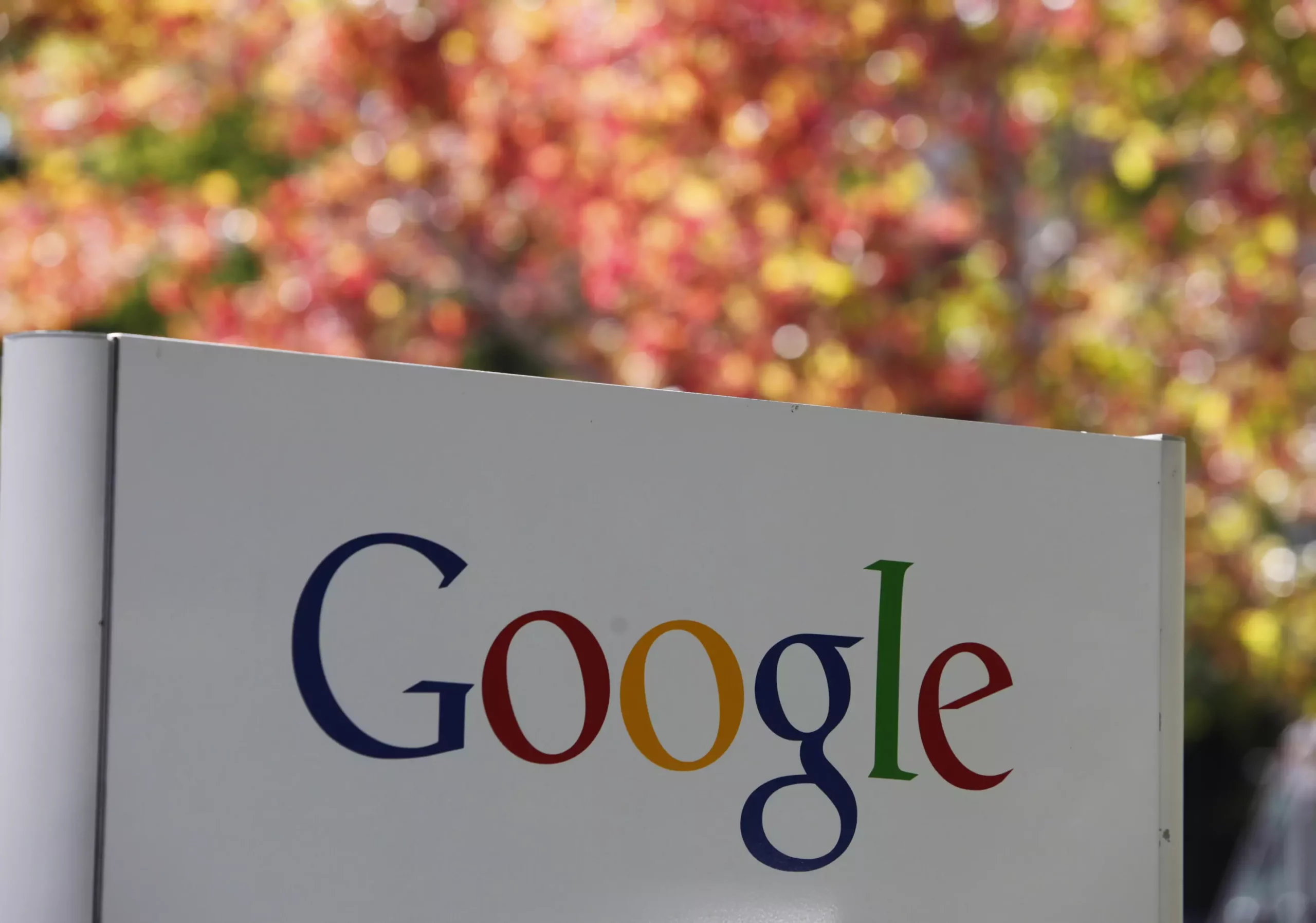The world of online advertising operates at breakneck speed, often unnoticed by users as they scroll through their daily digital content. Behind the scenes, intricate networks of software and computer systems meticulously analyze user behavior, influencing the advertisements that pop up on their screens in mere milliseconds. At the helm of this elaborate ecosystem is Google, a titan in the advertising space, whose control over digital ad sales has raised eyebrows and led to legal repercussions. A current legal battle in a Virginia federal court is investigating whether Google’s technology constitutes an illegal monopoly due to its extensive influence over ad transactions on the web.
The ongoing trial has peeled back the layers of Google’s advertising infrastructure, revealing how its products interact to facilitate a seamless auction process for ad placements. Initially, online ads were rudimentary—often generic and unrelated to users’ interests. Fast forward to today, and the algorithms that curate these ads are finely tuned, enabling a much more personalized user experience. However, this evolution has not come without significant controversy. The U.S. Department of Justice (DOJ), along with a coalition of states, has accused Google of manipulating its systems to secure an advantageous position within the online advertising market, suggesting that these practices suppress competition and cost publishers valuable revenue.
Witness testimonies during the trial provided a detailed overview of the ad auction process, highlighting three core components: ad servers, ad networks, and ad exchanges. Publishers rely on ad servers to market their ad space effectively, while advertisers utilize ad networks to broaden their reach across numerous websites. The ad exchange plays a crucial intermediary role, conducting quick auctions to connect willing advertisers with publishers looking to monetize their online real estate. Nevertheless, the DOJ argues that Google’s practices have substantially undermined genuine competition in this market.
The Mechanics of Google’s Ad Tech Ecosystem
Crucial to the controversy is Google’s ad exchange, known as AdX. Evidence from the trial indicates that Google has historically given its own ad exchange the first opportunity to secure ad placements, effectively allowing it to outbid competitors even when they might be willing to pay a higher price. This bidding process is allegedly designed to ensure quick ad loading times. However, it has drawn ire from publishers who feel they are not receiving fair compensation for their ad space due to the restrictive rules imposed by Google.
Publishers attempted to find alternatives, leading to an approach known as “header bidding,” where auctions are conducted outside of Google’s extensive control. Internal documents revealed in the trial described this alternative as a dire threat to Google’s dominance. Yet, Google found ways to counteract header bidding, often funneling bids back to its ad exchange through its publisher ad server, DoubleClick For Publishers.
Expert opinions have emerged from the examination, indicating that Google’s operational framework has consistently favored its service offerings. Carnegie Mellon Professor Ramamoorthi Ravi’s analysis suggested that the rules implemented served to optimize Google’s benefits while leaving publishers undercompensated. This forced relationship complicated publishers’ decisions since abandoning Google’s ad exchange could mean losing access to a vast network of advertisers concentrated in Google Ads.
In its defense, Google claims that it has not utilized the contested auction mechanisms since 2019 and emphasizes a decline in its market share for display ads over the past five years. Google positions its integrated system as a means to streamline operations, improve security against fraud, and enhance user experience. Innovations that Google was quick to adopt, such as real-time bidding, are touted as advancements that enrich the advertising experience, allowing advertisers to connect with genuinely interested consumers based on real-time data, thereby increasing the value of ad placements for publishers.
Despite this, the DOJ argues that the legacy of Google’s auction strategies from earlier years laid the groundwork for its continuing monopoly, allowing the company to capture a substantial fraction of ad revenues—up to 36 cents on the dollar for each transaction. The outcome of this case could resonate beyond just the ad tech sector, as it reflects ongoing concerns regarding monopolistic behaviors that threaten fair competition in digital spaces.
Looking Ahead: Implications for the Digital Marketing Sphere
As the trial unfolds, the ramifications of its findings could redefine the landscape of digital marketing. The court will examine whether Google’s past operations created barriers to market entry for other competitors and compromised the overall revenue potential for online publishers. October’s nearby ruling concerning Google’s search engine further substantiates the ongoing scrutiny against the tech giant’s practices.
Ultimately, this trial serves as a critical juncture in a broader conversation about monopolistic practices in the digital age. As technology continues to evolve, so too must the oversight and regulations that govern it. The outcome will not only shape the future of Google and its stakeholders but could also set a precedent for how digital advertising is conducted in a landscape that should ideally favor competition, innovation, and fairness for all players involved.

